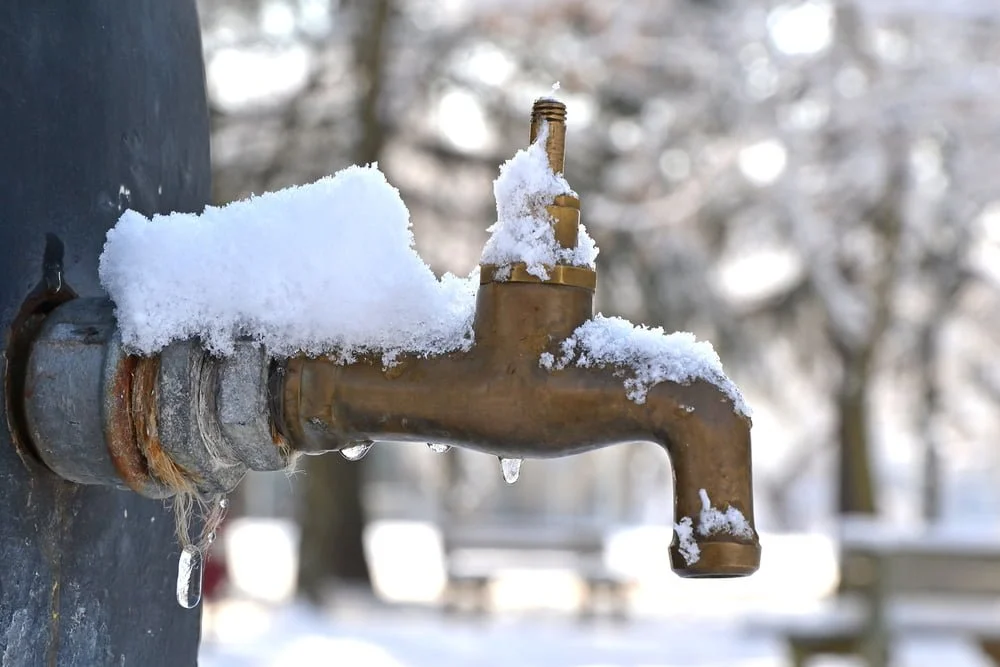Important Advice for Avoiding Frozen Pipes in Winter Conditions
Important Advice for Avoiding Frozen Pipes in Winter Conditions
Blog Article
We've stumbled on this article relating to Preventing and dealing with frozen pipes below on the web and figured it made good sense to quickly share it with you over here.

Winter can ruin your plumbing, specifically by freezing pipes. Below's exactly how to stop it from occurring and what to do if it does.
Intro
As temperatures decrease, the risk of frozen pipes increases, potentially causing costly fixings and water damage. Understanding just how to prevent frozen pipes is crucial for house owners in chilly environments.
Understanding Frozen Pipes
What creates pipes to freeze?
Pipes ice up when revealed to temperature levels below 32 ° F (0 ° C) for prolonged durations. As water inside the pipes freezes, it increases, taxing the pipeline walls and possibly triggering them to burst.
Threats and problems
Frozen pipelines can lead to water supply disruptions, residential or commercial property damages, and costly fixings. Burst pipes can flooding homes and cause considerable structural damages.
Indicators of Frozen Piping
Determining icy pipes early can prevent them from breaking.
Just how to identify frozen pipelines
Seek decreased water flow from taps, unusual odors or noises from pipes, and noticeable frost on subjected pipelines.
Prevention Tips
Insulating prone pipes
Wrap pipes in insulation sleeves or utilize warm tape to secure them from freezing temperatures. Focus on pipes in unheated or external areas of the home.
Heating techniques
Maintain indoor rooms effectively heated up, especially locations with plumbing. Open closet doors to permit warm air to flow around pipelines under sinks.
Safeguarding Outdoor Plumbing
Yard hose pipes and outside faucets
Separate and drain garden tubes prior to winter. Mount frost-proof spigots or cover outside faucets with shielded caps.
What to Do If Your Pipes Freeze
Immediate activities to take
If you think icy pipelines, keep taps open to soothe pressure as the ice thaws. Make use of a hairdryer or towels soaked in hot water to thaw pipelines slowly.
Long-Term Solutions
Structural modifications
Take into consideration rerouting pipes away from outside wall surfaces or unheated locations. Add added insulation to attic rooms, cellars, and crawl spaces.
Upgrading insulation
Purchase high-grade insulation for pipelines, attic rooms, and walls. Correct insulation aids keep consistent temperature levels and minimizes the risk of frozen pipes.
Conclusion
Avoiding icy pipelines calls for positive steps and quick responses. By comprehending the reasons, indications, and preventive measures, house owners can safeguard their plumbing throughout cold weather.
6 Proven Ways to Prevent Frozen Pipes and Protect Your Home
Disconnect and Drain Garden Hoses
Before winter arrives, start by disconnecting your garden hoses and draining any remaining water. Close the shut-off valves that supply outdoor hose bibs and leave the outdoor faucet open to allow any residual water to drain. For extra protection, consider using faucet covers throughout the colder months. It’s also important to drain water from any sprinkler supply lines following the manufacturer’s directions.
Insulate Exposed Pipes
Insulating your pipes is an effective way to prevent freezing. Pipe insulation is readily available at home improvement stores and is relatively inexpensive. Pay close attention to pipes in unheated areas such as the attic, basement, crawl spaces, or garage. Apply foam insulation generously to create a buffer against the cold. You can also wrap your pipes in heat tape or thermostat-controlled heat cables for added warmth.
Seal Air Leaks
Inspect your home for any cracks or openings that could let in cold air. Seal any holes around the piping in interior or exterior walls, as well as the sill plates where your home rests on its foundation. Additionally, make sure to keep your garage door closed unless you’re entering or exiting. Leaving it open creates a significant air leak that can lead to frozen pipes.
Allow Warm Air Circulation
During cold snaps, it’s essential to allow warm air to circulate evenly throughout your home. Leave interior doors ajar to promote better airflow. Open kitchen and bathroom cabinets to help distribute heat consistently around the rooms. If you have small children or pets, be sure to remove any household chemicals or potentially harmful cleaners from open cabinets for safety.
Let Faucets Drip
A small trickle of water can make a big difference in preventing ice formation inside your pipes. When temperatures drop significantly, start a drip of water from all faucets served by exposed pipes. This continuous flow helps prevent the water from freezing. Additionally, running a few faucets slightly can relieve pressure inside the pipes, reducing the chances of a rupture if the water inside does freeze.
https://choateshvac.com/6-proven-ways-to-prevent-frozen-pipes-and-protect-your-home/

I ran across that page on How To Avoid Freezing Pipes when surfing the internet. Those who enjoyed reading our article please remember to share it. Thanks for your time. Don't forget to come by our website back soon.
Schedule And Pricing Report this page